Producers
-
Description:
Staffelter Hof first appears in texts from in 862 AD. At almost 1,200 years old, it is one of the oldest companies of any kind in the world. The vineyard holdings span 11.5ha (10.2ha planted) of diverse vineyards such as Paradies, Kirchlay, Letterlay, Steffensberg, and as far south as the Dhroner Hofberg. The winery itself is located in Kröv, a village in the heart of the middle Mosel on a sweeping 180⁰ curve of the river between the old, quiet winemaking villages of Wolf and Kinheim. This is not a hotbed of avant-garde creativity. Yet Jan Matthias Klein, a 7th generation winemaker at this estate, is doing something extraordinary here, crafting naturweine the likes of which have rarely been seen in the history of the Mosel.
Jan is a vital member of the Klitzekleine Ring, a group of about a dozen winemakers around Traben-Trarbach dedicated to saving steep slope Mosel vineyards that would otherwise be abandoned. In that sense, he is a conservationist. However, he is also a powerful innovator. After stages in France, New Zealand, and Australia, Jan came home and steered his family’s winery into quixotic efforts of viticulture being explored by the younger generation in the Mosel. His experimentations with non-German grape varieties (piwis, e.g.), alternative energy and water management at the winery, and other groundbreaking techniques to combat the inevitability of climate change, mark him as a visionary leader in the progressive German wine movement.
Jan’s farming on the steep slate hills of the area is strictly organic—practicing since 2011 and certified since 2014—which is a very hard and expensive commitment to make. It is far easier to spray pesticides from a helicopter, for instance, than to scramble up and down 60-70⁰ gradient slopes placing natural insect repellants on each and every vine. The hard work is an intrinsic part of the winery’s founding legend, however. Centuries ago, a donkey was originally the laborer of the steep slopes in Kröv until a wolf killed it. Legend has it that the monks caught the wolf and made it do the vineyard work after it killed the donkey. Wolf “Magnus” is still the mascot of the winery today (hence the labels and names).
It cannot be emphasized enough: these are not normal Mosel wines. They would be exceptional in ANY of the world’s winemaking regions, actually. Klein makes classic Rieslings under the Staffelter Hof label, but works with ZERO SULPHUR on this line of wines. They are unfined, unfiltered, hand-bottled, and contain varying levels of palate-tingling residual CO2. The variety of grapes is kaleidoscopic, featuring cuvees from Frühburgunder, Germany’s ruddy, blue/black-skinned “early Burgundy,” a.k.a. Pinot Noir Précoce, Sauvignon Blanc, Müller-Thurgau, Muscat, and a bewildering assortment of Portuguese grapes.
So… the wines are “out there.” But are they good?
Yes, they are rivetingly good; fresh in character, light on their feet (under 11%), joyful to drink if you don’t want to ponder too much about them and fascinating if you do. For those who think the pleasures of “glou-glou” and farm-to-bottle wines do not exist in Germany, these wines are a wake-up call and invitation.
BOWLER E-Zine Issue 1 | Q4 2020: Learning and Relearning German Wine
BOWLER E-Zine Issue 2 | Q1 2021: Conversation with Cellar Master, Yamile Abad - Weingut Staffelter Hof - Mosel, Germany
Image: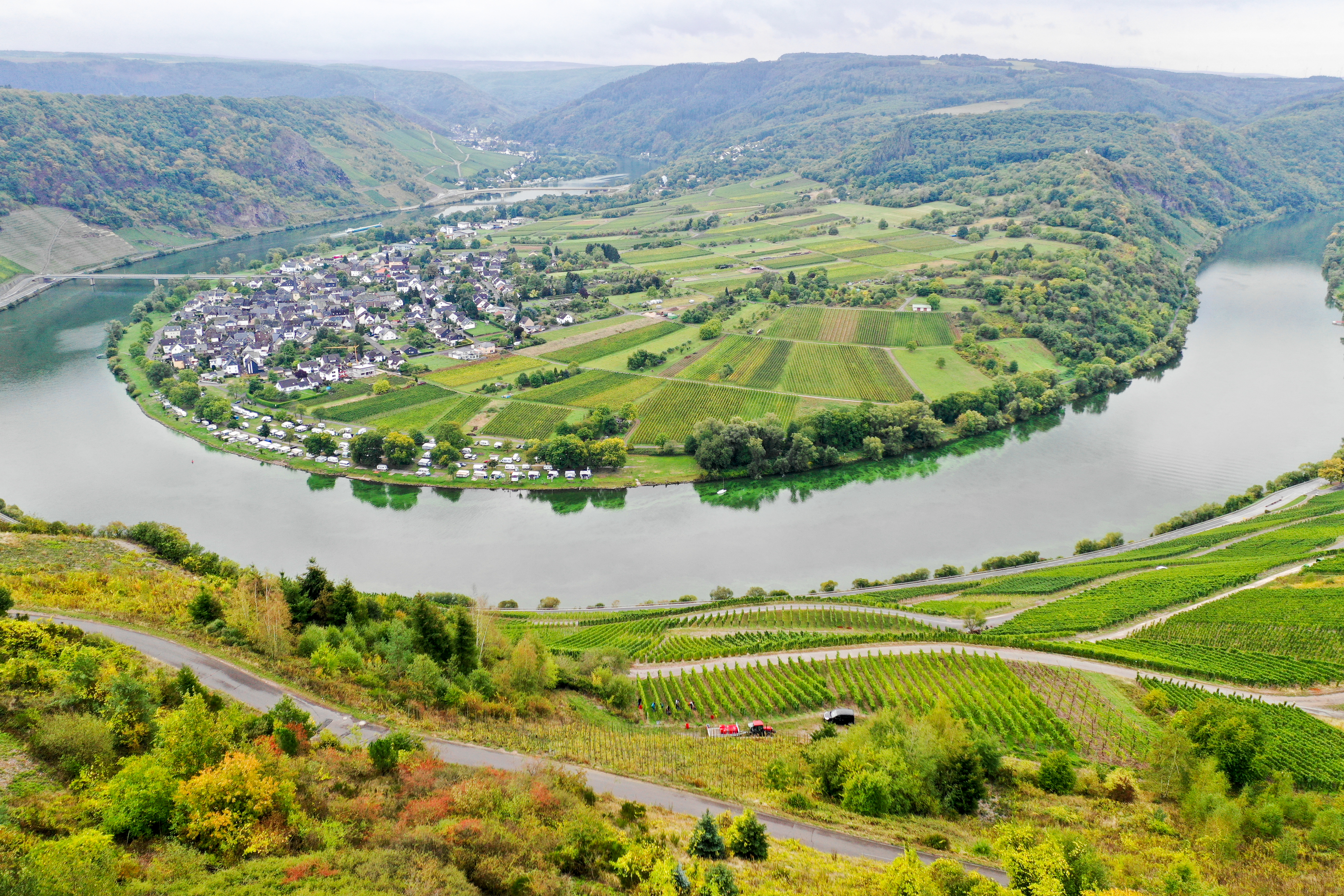 Region:
Region: -
Description:
This project began in 2012 as an inspiration to focus on the pure soul and terroir of the Uco Valley, specifically Gualtallary and Vista Flores.
The Michelini brothers, also winemakers at Mendoza’s renowned Zorzal and Passionate wineries, are creating their first biodynamic wines under the Calcareo and SuperUco labels. The outdoor winery consists of egg-shaped concrete amphoras in The Vines of Mendoza’s Winemaker’s Village project.
This boutique, biodynamic project is the first of its kind in Mendoza with very limited production of top quality, terroir driven wines.
The two hectare farm is planted in circles with 360 degrees of exposure to the sun. The different varietals are planted from the center outward, as its vegetative cycle dictates. Neal Martin (Wine Advocate) commented on the Michelini Bros. wines that “Their passion and commitment, their spirituality and, for want of a better word, “purity” in terms of doing what they do for the love of it rather than financial reward, brought to mind the Lopez de Heredia sisters in Rioja. If you want cutting edge, meticulously crafted Argentinean wines hot footed from one of the most exciting sub-regions (Gualtallary), then look no further.”
This profile and tasting notes were edited from the Brazos Wine website, along with the pictures used. For more information please visit: Brazos
Image: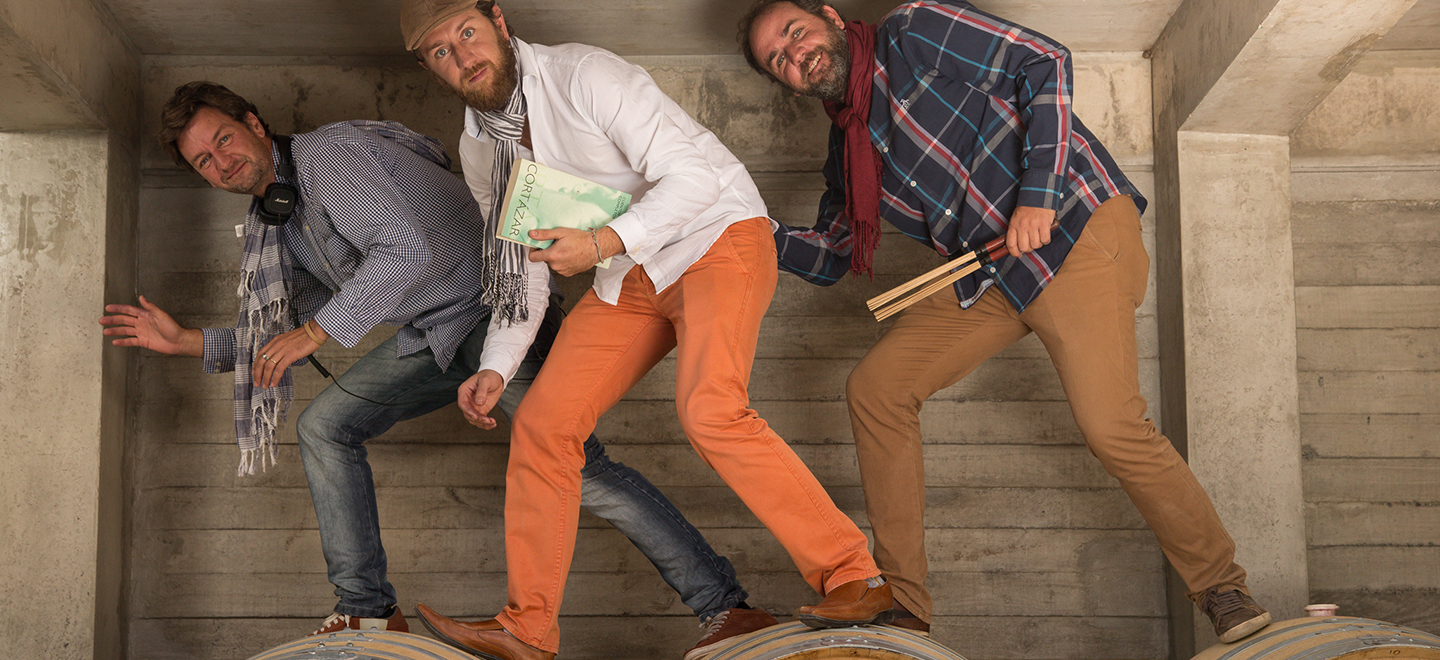 Region:
Region: -
Description:
Named for the beautiful flower that grows on Tenerife (which is also depicted on the labels), Tajinaste is run by the indefatigable Agustín García Farrais. He works alongside his parents, Cecila (“Chilla”) and Agustín Snr., who are both sevety years old going on thirty. The bodega was started by Agustín’s grandfather. They own three hectares in the Valle de la Orotava, and their oldest vines were planted in 1914. Many are trained on the very traditional method of ‘cordon trenzado’, or “braided cordon”, a method of training vines where their branches intertwine with each other creating a sprawling plant that grows on the ground. Historically vines were trained like that so that they could easily be moved and rearranged in order to allow other crops to be planted in the same plot.
Having trained in Bordeaux, Agustín is a precise winemaker. He vinifies each parcel separately, which has allowed him to get to know the character of each vineyard so well that he can masterfully blend extremely consistent and beguiling wines year after year.
Image: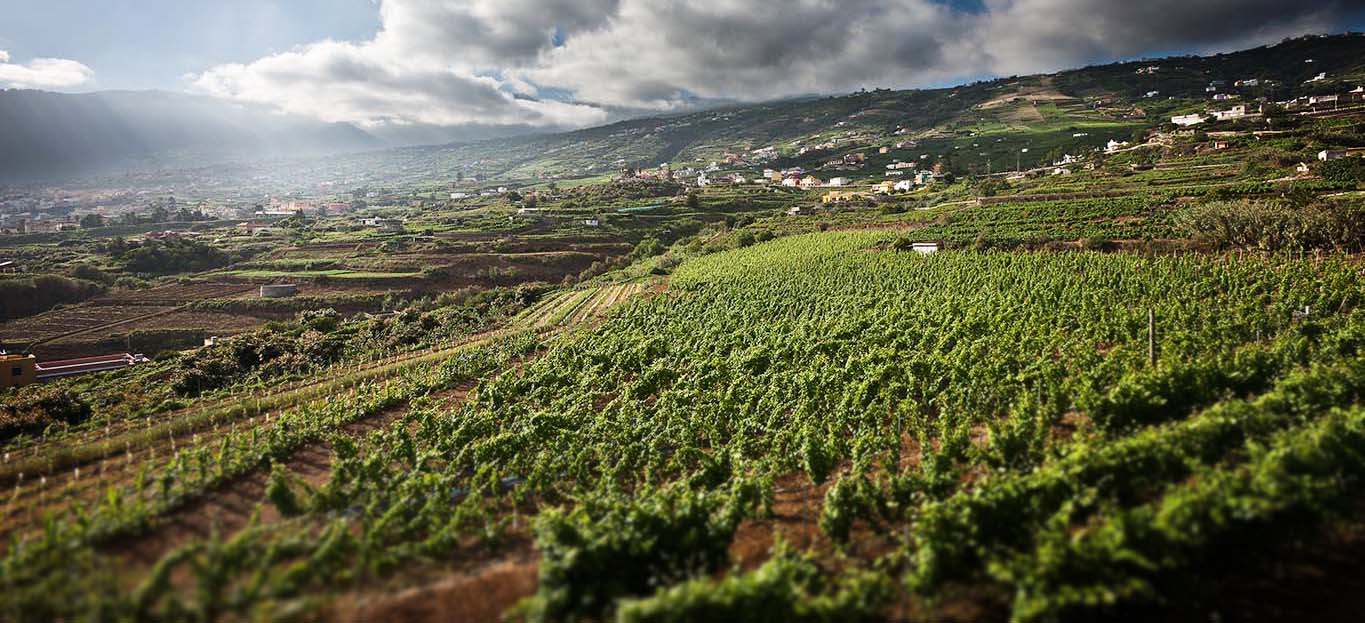 Region:
Region: -
Description:
Gideon Beinstock has become known for his amazing Clos Saron wines, but the history goes back much further than that. A long and winding road from growing up in Israel, an artist’s life of painting in Paris, helping to plant the Renaissance Vineyards in the 1970’s, international wine sales, and finally finding his way into winemaking at the very same vineyards he had planted almost two decades earlier. It was there at Renaissance that he began learning his craft and made the first of his incredible wines.
Gideon left Renaissance in the late 1990’s to found Clos Saron, just a few miles down the road, but has always felt a connection to Renaissance, both as a piece of his history, and also as a totally unique and special terroir.
Which brings us to the present: Gideon was given the opportunity to reclaim some of the greatest wines he made during his time at Renaissance! These wines have never left the winery and have been aging perfectly, undisturbed for the past two decades.
The cuvees that were hand-picked by Gideon are showing outstandingly right now, and should continue to age gracefully for years to come.
Notes from Gideon:
Pre-1995, like all self-respecting Cali wineries, Renaissance was producing an ‘Estate’ and a ‘Reserve’ Cabernet.
In 1995, I broke the Reserve down into three cuvées, with more specific expressions:
1. “Première Cuvée”, a varietal Cabernet Sauvignon (min. 75%), was meant to continue in the tradition of the older Reserve tradition of long lasting, powerful, blockbuster wines.
2. “Claret Prestige”, a non-varietal wine, was meant to be the most elegant, aromatically complex, harmonious wine we could achieve every vintage by the blending of (mainly) Bordeaux varieties.
3. “Vin de Terroir”, 100% varietal Cabernet Sauvignon, selected every vintage from (either the same or any) specific micro-site in the vineyard for its clearly distinctive expression of terroir.
The names we chose for the Taken From Granite wines are related to the original stylistic goal of each cuvée:
-“Village” is the ‘Estate’ made from all the various slopes combined.
-“Soleil" is the “Première Cuvée”
-“Élegance" is the “Claret Prestige”.
About 400 cases of each was produced every vintage between 1995 and 2002 (with a few exceptions). All the grapes for these wines came from a few vineyard sites (we referred to them as ‘slopes’), which were determined as the best we had (our “Reserve Slopes” - mainly Slope 1, 16, and 21).
***The “Vin de Terroir” may or may not appear under the TFG label, as of now it is unreleased and TBD***
Image: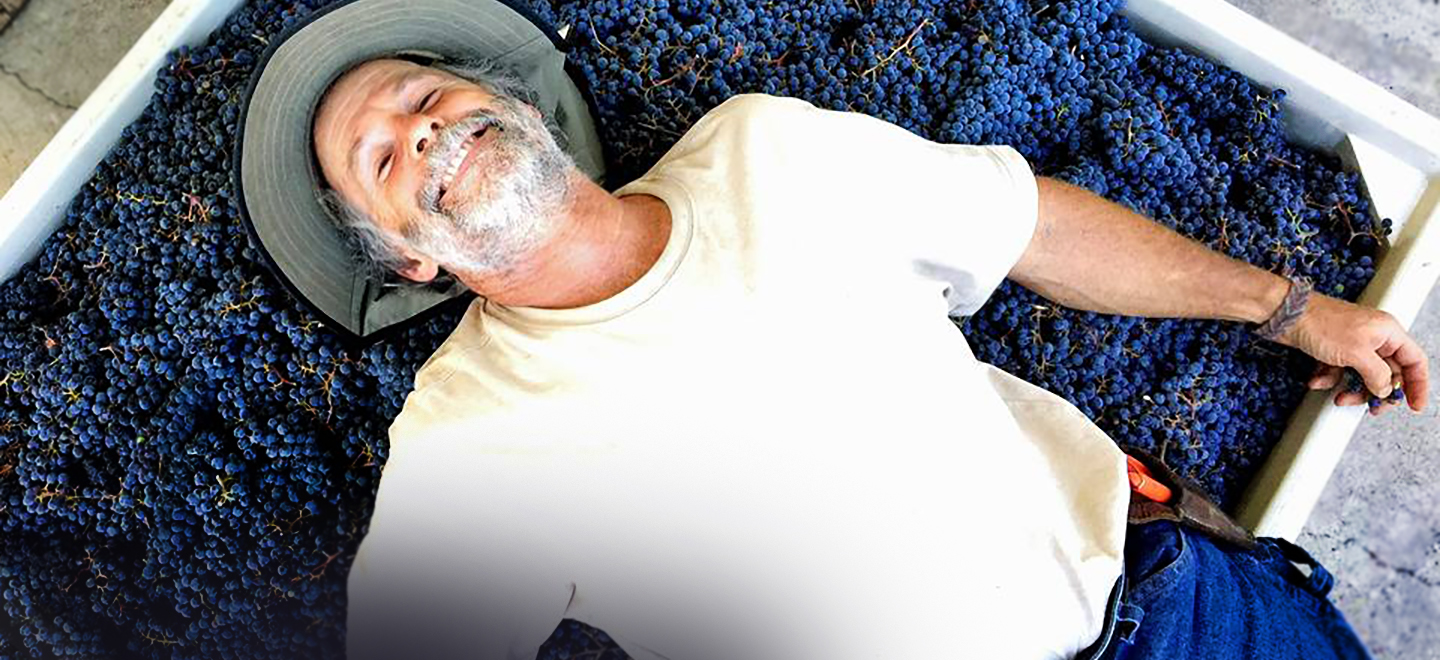 Region:
Region: -
Description:
Thank you to importer Louis/Dressner for this profile of the Tarlant estate:
(Click here for more on Tarlant on the Louis/Dressner website)
In 1687, Pierre Tarlant began cultivating his first vineyards in Aisne. The family stayed put for almost 100 years before moving to the village of Oeuilly in 1780. At the turn of the 20th century, Louis Tarlant took over as head vigneron. His tenure would prove instrumental to shaping the family legacy, principally due to his involvement as mayor of Oeuilly in the rarely discussed Champagne Revolution, a tumultous movement that you have probably never heard of. Let us explain.
By the early twentieth century, it had become increasingly common for the big Champagne houses, who even then had a strong-hold on commercialisation, to bring in fruit from all over France and even different countries (the farthest being Portugal!) to vinify and sell the wine as Champagne. When this became common knowledge amongst growers in the region, many were infuriated that such practices could be happening right under their noses. Through rigorous organisation, many villages managed to block off the points of entry of outside fruit, as well as skillfully organizing themselves to codify the Champagne region. As a result, Louis helped achieve worldwide recognition of the AOC in 1911 and contributed to the establishment of the AOC Champagne region in 1927.
In the aftermath of these events, Louis swore never to sell a single grape to the big houses again, making Tarlant one of the first independent estates in the region (less than 10 existed at the time). Fast forward to today, and head vigneron Benoît Tarlant is the 12th generation working the land under his family name. Benoît is the real deal: his great understanding and respect of history, tradition and nature, coupled with his experimental, forward thinking tendencies have been the driving force of some truly next level, terroir-centric Champagnes. With his sister Mélanie joining the family business in 2003, things are more than ever a family affair.
The estate consists of 14 hectares of vines within 31 lieu-dits of Pinot Noir (50%), Chardonnay (30%) and Pinot Meunier (20%), along with small amounts of Champagne's "forgotten"grapes" - Pinot Blanc, Arbane and Petit Meslier. From empirical observation, Benoît and Mélanie have singled out 63 parcels that they vinify individually each vintage, permitting unparalled precision in blending decisions for base and reserve wines, but also letting them highlight single vineyard expressions of their land.
In the vines, chemicals are never used and biodiversity is prioritized. Because of the Marne's extremely diverse terroirs, Benoit adapts his viticultural approach parcel by parcel, using the soil, grape and micro-climate to guide him. While only contact treatments have been used for the past two generations, Benoît and Mélanie have decided to work towards organic certification.
"Our father fought for grass in the vines and to stop have garbage from cities being thrown in the vines as a fertilizer. It took five years. That was his fight. Organics seems like the challenge of our generation."
In the cellar, the grapes are gently pressed and racked by gravity to Burgundian barrels, where each parcel ferments and ages individually. Malolactic fermentation almost never occurs but is not blocked: Benoît feels that through careful pressing, attention to temperature and the correct viticultural practices, Champagne's naturally cold climate gives them grapes with low PH and high acidity, a combo that does not incite malo. Sulfites are are only added in microscopic doses at press and intermittently to casks of reserve wine. The wines are never filtered:
"“Disgorgment is sort of like a filtration. If you’re going to take the time to do long élevages and letting the solids deposit themselves, you don’t need to filter. It requires a respect of the rhythm of the wine."
The big particularity of the Tarlant Champagnes, a tradition started by Benoît's father Jean-Mary in the late 1970's, is that the vast majority of the production (90%) is bottled without dosage. While the idea of Brut Nature Champagne has slowly but surely gained momentum since the early 2000's, this was unheard of at the time. Still, Jean-Mary stuck to his guns and over time this has defined the Tarlant style. In such, the house's entry level cuvées are named "Zero".
Representing 70% of the total production, "Zero" is the Tarlant's calling card and consists of a non vintage, no dosage wine made equal parts Pinot Noir, Meunier and Chardonnay. "Zero Rosé" is a majority of Chardonnay with a bit of still Pinot Noir for color. For an entry level wine, a huge amount of thought is put into its creation:
"Zero is a reflection of the four villages we work in and the goal is to express a Champagne without the external sugar masking the land's characteristics.”
To achieve this, Benoît and Mélanie rigourously taste through each micro-vinification to pick which will serve as the base wines with the innate knowledge that they will be released five to seven years later. These will be aged until the spring after harvest then blended with reserve wines before an extended period sur lattes. The remaining vinifications are blended into reserve casks for future use.
“We don’t buy or sell grapes. We have to work our vines the best we can to have the best wine. "
Single vineyard cuvées -a rarity in Champagne- are also bottled. "La Vigne Royale" is from a vineyard of Pinot Noir originally worked by Benoît and Mélanie's maternal grandfather in Celles-lès-Condé at the confluence of La Dhuys and the Surmelin rivers. Historically, it was a terroir favored by the Bourbon kings, hence the name.
"La Vigne D'or" is a Blanc de Noirs from a parcel of Pinot Meunier planted in the sparnatian clay of the Vallée de la Marne. The vines are 65 years old and planted by Benoît and Mélanie's paternal grandfather, Georges Tarlant.
"La Vigne d'Antan" is 100% ungrafted Chardonnay from the lieu-dit "Les Sables". The name Antan essentially means "yesteryear", a reference to the historical roots (pun intended) of this franc de pied bottling.
"Cuvée Louis" is Benoît's homage to his great, great grandfather mentioned above and the top of the top from Tarlant's single vineyard offerings: Chardonnay and Pinot Noir from a single parcel of 65 year old vines (originally planted by Louis himself!) called Les Crayons, vinified and aged in oak.
Vintage releases have also joined the lineup in recent years. These wines are meant to capture a snapshot of the years' characteristics by blending specific parcels that best reflect it. Each year has a different name ("Étincelante", "La Matinale") and so far the wines have aged for well over a decade sur lattes before release!
Image: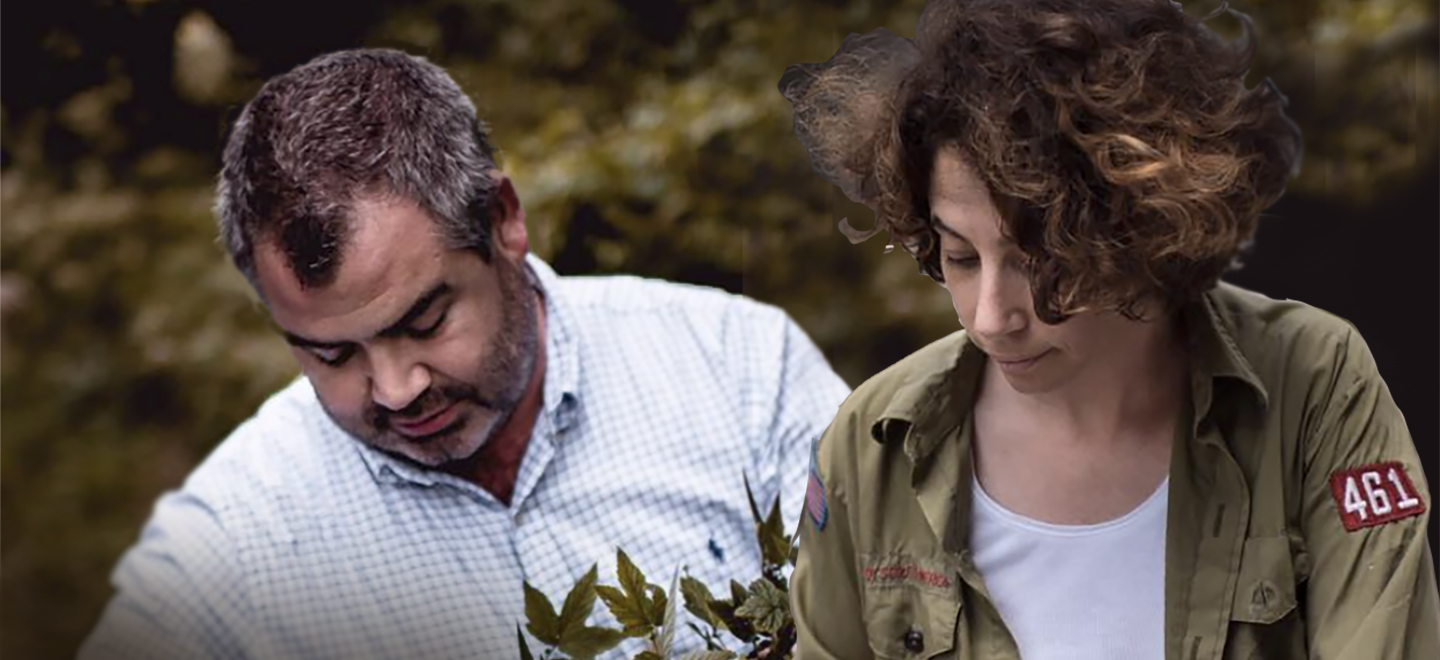 Region:
Region: -
Description:
Armin Tement happily joined his family winery in Sudsteiermark (South Styria) in 2005. His father, Manfred Tement, had over time, firmly established Weingut Tement as a benchmark producer for Styrian Sauvignon Blanc and Morillon. Manfred was one of the founders of STK (Styrian Terroir and Klassik Wine growers association) in 1986. STK was established because there were no government regulations established at the time for making fine wine in the region. Manfred preferred Sauvignon Blanc to the most widely planted and highly productive Welschriesling. It was a big step to prioritize quality over quantity and eventually in 1991, Tement was recognized by the German magazine, Der Feinschmecker, for making the ‘world’s best Sauvignon Blanc’, essentially putting Tement and this small winegrowing region on the international wine map.
When Armin joined in 2005, his goal was not only to make an unequivocal Styrian wine, but also a wine that expresses, in his words, ‘Tement’s own style”. With the support of the family, Armin began following organic agriculture, eventually converting all eighty hectares over the next ten years and becoming certified organic in the 2018 vintage. South Styria gets a lot of rain and incredibly, Armin, Stefan, and Manfred have converted all of their sites to biodynamic agriculture, 2022 is the first vintage certified biodynamic by both Demeter and Respekt. There are three main weather influences that are a part of the terroir here: the Adriatic Sea to the south brings storms and rain, the Pannonian Plain brings hot and dry weather, and the Alps bring cool air at night.
Styria is one of the three major growing regions in Austria and it’s the smallest with 4,633 hectares planted. The subregion of Sudsteiermark, or South Styria, covers 2,563 hectares and it lies on the border with Slovenia. Styria is quite different from the rest of Austria as the main white varietal is neither Grüner nor Riesling, but Sauvignon Blanc! Other white varieties also do well here, notably Gelber Muskateller, Pinot Blanc, and Morillon, the local name for Chardonnay. In Sudsteiermark, the wines are categorized by quality level, with regional wines at the entry level, village wines are a step up in quality and represent the terroir of the village, and the single vineyard wines are the pinnacle. All of the wines are labeled “Sudsteiermark DAC”. Tement makes wines from three villages, Ehrenhausen, Gamlitz, and Kitzeck-Sausal. And the highest quality wines are single vineyard sites which are designated either Erste Lagen or Grosse Lagen, the equivalent of premier cru or grand cru. The most famous site in Sudsteiermark is Zieregg where both Sauvignon Blanc and Morillon are planted.
Tement is specialized in making exceptional single-vineyard wines, but the flagship is the regional Sudsteiermark Sauvignon Blanc “Kalk & Kreide”. It is a blend from fifty sites and the name describes the main terroir, limestone and clay. Like all of their wines, the grapes are harvested by hand, undergo a maceration of twelve to twenty-four hours and then fermentation happens spontaneously with indigenous yeasts in stainless steel. “Kalk & Kreide” is aged on the lees for six months before release. All of the wines are spontaneously fermented and are made without any sulfur during vinification or aging. They only get a little sulfur one month before bottling, allowing the wines to get a full expression of their site. The single-vineyard wines are fermented and aged in large neutral oak barrels for eighteen to twenty-four months and are bottled without filtration. Some wines do not get sulfur for more than 24 months, and yet the single-vineyard wines are incredibly precise and express their terroir brilliantly.
Over the last fifteen years, the gradual changes taking place have garnered a lot of attention, but it’s worth noting that the whole family is involved. Armin works with his brother, Stefan, who joined him in 2010. His father is still working as well, although Armin officially took the reins in 2008. Armin’s wife, Monika is also involved in keeping everything running smoothly. And Armin’s mother runs the recently established B and B. All that Weingut Tement has accomplished in the last fifty years is incredibly impressive and it's made it not only one of the most important wineries in South Styria, but also in Austria. Tement has become an icon in South Styria and Austria and the accolades are well deserved. Bowler is incredibly honored to represent the Tement wines in the United States.
Image: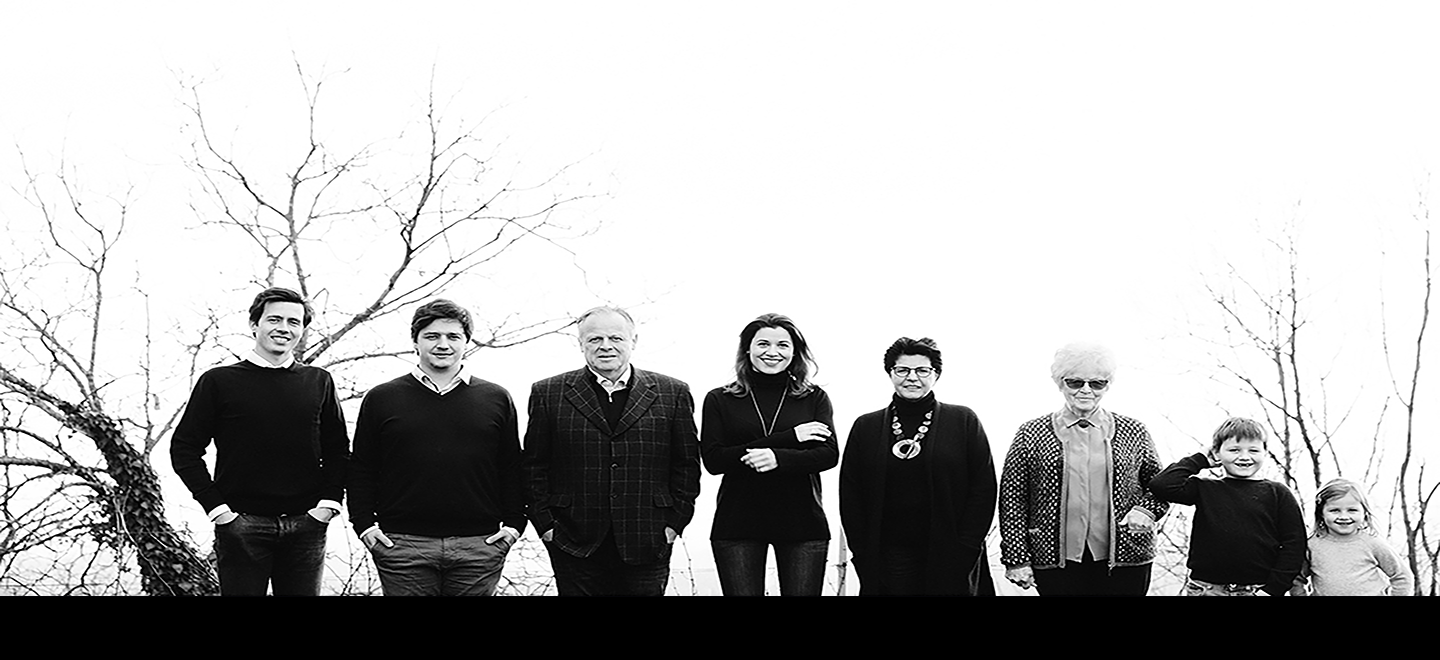 Region:
Region: -
Description:
Terrazzi Alti, the High Terraces, makes its happy debut at Bowler. Siro Buzzetti is Valtellinese through and through, born and raised in the hamlet of Triasso, near the “big town” of Sondrio. Not from a winemaking family, he became its first vignaiolo in 2005, as his love for his native land pushed him out of the paper business and into the business of drastic, terraced vineyards in the cru of Sassella, where he started with a mere 0.1 hectares of old vines. Since then the estate has expanded exponentially, to a whopping 1.5 hectares of vines and one hectare of woods. Today Siro is joined by his son, Francesco.
We’re far from the Barolo zone here, three and a half hours to the northeast into Lombardia--north of Milan, north of Lake Maggiore, almost to Switzerland. It’s here that we find Nebbiolo’s most Alpine expression. Its local name, Chiavennasca, is usually attributed to the nearby town of Chiavenna, but Siro explains that it truly derives from either ciuvinusa (più venosa in Italian, more vein-y, referring to Nebbiolo’s noted vigor) or from ciuvinasca (più vinosa, more vinous, meaning the variety that made the greatest wine).
Valtellina was carved out by the glaciers, with the valley oriented almost perfectly east/west. The vineyards are the north side of the valley, facing due south, perched impossibly into the cliffs on dramatic dry stone wall terraces. Terrazzi Alti’s vines, shooting up from 320m to 600m, are trained in the local archetto valtellinese, with the rows planted north/south on the east/west terraces, negating any attempt at mechanization. The mother rock here, fairly rare in the world of Nebbiolo, is metamorphic gneiss rich in porphyry, quartz, and feldspar. The rock is weathered down into poor, acid and shallow topsoils that are around 70% sand, 25-30% silt, and, importantly, almost no clay. Terrazzi Alti works delicately to encapsulate these distinct conditions.
Watching Siro and Francesco scale these vineyards like mountain goats, the brutal task of creating and maintaining these walls is on full display. This is what is meant by heroic viticulture. It cannot be easy, and there’s no illusion of making significant quantities of wine here. Speaking with Siro, though, one can immediately see the resolved sense of pride and satisfaction he feels from doing this work, from the luxury of being an ambassador for his homeland through the uniqueness of its wine.
Terrazzi Alti makes two wines: Valtellina Superiore Sassella and, in select years, a Valtellina Superiore Sassella Riserva, which is released a year later.
We commend our friend Marko, Nomad Wine Guy, for bringing Terrazzi Alti to our attention.
To learn more:
Image: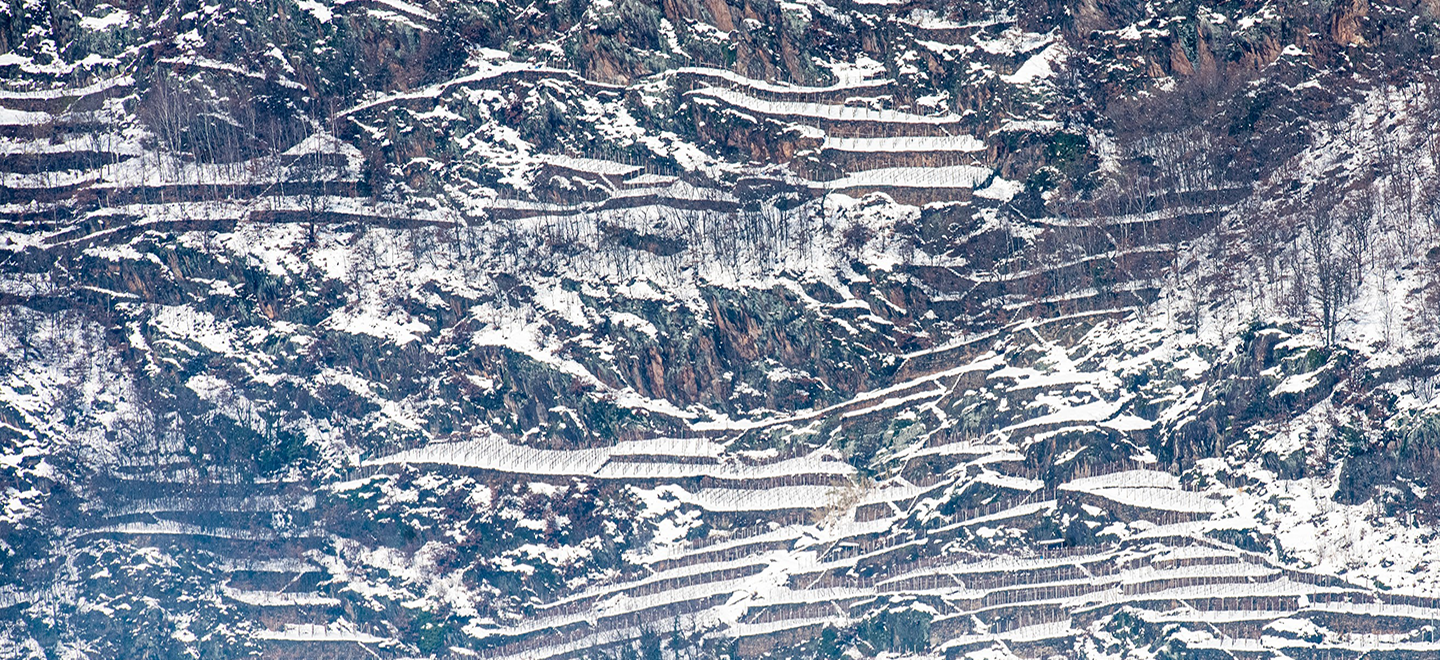 Region:
Region: -
Description:
Thank you to importer Louis/Dressner for this producer profile:
(Click here for more on Terres Dorées on Louis/Dressner's website)
Jean Paul Brun is located in Charnay, a village in the Southern Beaujolais just north of Lyon, in a beautiful area known as the "Terres Dorées" or Region of Golden Stones. Brun is the owner and winemaker at this 60+ hectare family estate and has attracted the attention of the French and American press for the wonderfully fruity and delicate wines he produces.
Brun wants to make "old-style" Beaujolais and his vinification differs from the prevailing practices in the region. He believes that the charm of Gamay's fruit is best expressed by the grapes' indigenous yeasts, rather than by adding industrial yeast. Virtually all Beaujolais is now made by adding a particular yeast during fermentation. Known as 71B, this yeast is a laboratory product made in Holland from a tomato base, which imparts wines with banana and candy aromas. It produces a beverage, but with no authenticity and little charm. Brun, on the other hand, wants to make a pure Gamay wine.
Brun's view is that Beaujolais drinks best at a lower degree of alcohol and that there is no need to systematically add sugar to the must (chaptalize) to reach alcohol levels of 12 to 13 degrees. His Beaujolais is made to be pleasurable - light, fruity and delicious - not an artificially inflated wine that shines at tasting competitions.
Only a minimal amount of S02 is used at bottling to keep the wine fresh and "headache-free". Fermentation naturally produces a lot of CO2, which acts as protection against oxidation during aging; leaving some in the wine at bottling time also helps to keep it fresh. Filtration is also minimal so that the wine keeps its original fruit and aromas. Brun’s wines are not ‘blockbusters’ in the sense of ‘big.’ The emphasis is not on weight, but on fruit: Beaujolais as it once was and as it should be.
Brun’s Nouveaus were rated as the top Nouveau of the vintage by France’s Gault Millau magazine several years in a row. Robert Parker has rated Brun as a four-star producer (the only other Beaujolais producers with four stars are in the Crus) and has written about his wines:
“Proprietor Brun is a believer in using only the vineyard’s wild yeast, rather than the synthetic yeasts used by most other producers. His beautiful wines are favorites among purists.”
2020 Update:
Starting with just four hectares of vines, Jean-Paul has truly created a self-made empire. After progressively expanding around his native Charnay in the southern Beaujolais, he began experimenting with a Cerdon-like sparkling wine called "FRV100" and a Crémant de Bourgogne, then planted some Pinot Noir and Roussanne on his clay and limestone soils and eventually started bottling those as well.In the mid 2000's, Jean-Paul set out to conquer Beaujolais' crus. He currently owns land and produces from most of them, including the most recent addition of single vineyard cuvées. All told, he now produces well over 20 different wines from over 60 hectares of vines and shows no sign of slowing down.
Image: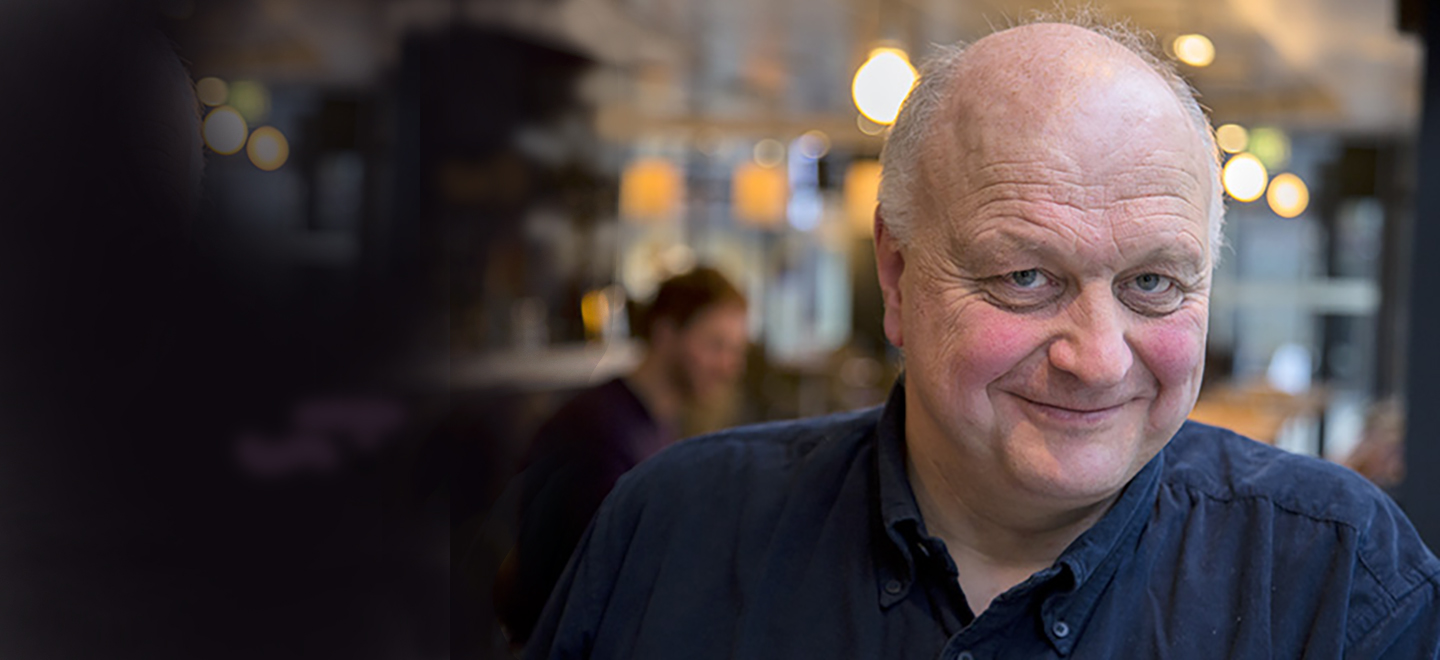 Region:
Region: -
Description:
Dominik Huber started Terroir al Limit in 2004 with his friend Eben Sadie, a South African oenologist. The pair met in Priorat at Mas Martinet, and quickly became friends. Dominik, a native German with a growing interest in wines and gastronomy found in Eben the perfect partner to explore and understand the Catalan region.
With the help of the Pérez family of Mas Martinet, Eben and Dominik purchased some fruit and leased a little corner in the cellar of Cims de Porrera, where they vinified their first vintage of Dits del Terra in 2001. After two years at Cims de Porrera, they moved into a tiny cellar in Torroja del Priorat. From the tiny cellar in Torroja the pair started releasing new cuvées and increasing their range to site-specific wines: Arbossar in 2003, Torroja in 2005, Manyes and Tosses in 2006, Pedra de Guix in 2008, and Terra de Cuques in 2011.
Since its founding, Terroir al Limit has slowly evolved its understanding of the Priorat as a region as capable as Burgundy in its complexity and potential to make elegant and transparent wines. The Torroja and Terra de Cuques are the village wines, Dits del Terra and Arbossar the Premier Crus, and Manyes and Tosses are the Grand Crus.
Eben eventually left the winery to devote himself to his projects in South Africa and Dominik took the reins of the winery. Devoting himself primarily to the cultivation of the growing number of vineyard sites, Dominik could see his vineyard efforts were resulting in healthier fruit. With better fruit coming into the cellar he quickly realized that ripe, concentrated grapes combined with extractive winemaking and aging in barriques didn’t show their vineyards’ authenticity. By favoring wines of infusion rather than extraction, using whole clusters and avoiding pigeage and remontage, the wines emphasized elegance rather than the typical weight of other Priorat wines. Another differential was in the oak treatment; barriques were eschewed and concrete and neutral foudres became the preferred methods of aging.
Realizing that organic or biodynamic farming during an era of global warming is insufficient for a region as hot and dry as the Priorat, Dominik farms rigorously to guarantee the health and vitality of his soils. The goal is to retain as much moisture as possible, reducing the hydric stress on the vines in summer and allowing for an earlier harvest of physiologically ripe fruit.
Through his work with Eben Sadie, and now with the help of Serbian-born Tatjana Peceric (who in the past few years became the head winemaker at Terroir al Limit and its sister projects) Dominik Huber has changed the way the wines of the Priorat have been perceived, showing the world what this region is capable of: characterful wines which are elegant, approachable and explicit about its terroir.Terroir Històric
While working on establishing Terroir al Limit, Dominik Huber became entranced with the Priorat’s history – its rhythms of life, the simple cuisine, and the honest wines that honored their origins. When walking past the crumbling Sindicat Agricola in Torroja, he could recall those few bottles of Priorat he had tasted from vintages in the 1970s, and he envisioned a future where such wines could again be made.
Nostalgic and honest in spirit, the wines of Terroir Històric are a nod to the past and the style of winemaking that was popular at that time. Rather than focusing on individual parcels, Dominik sources grapes from many different vineyards throughout the region. These complex blends – dazzling mosaics of aroma and flavor – are an effort to express the Priorat landscape’s diversity.
Grapes here are sourced from vineyards in Bellmunt, Gratallops, El Lloar, Escaladei, Porrera, Poboleda, Torroja, Vilella Alta, and Vilella Baixa. Some of these are from younger vines planted high up in the Montsant near the border of Escaladei and Morera and where the soils are unique for being clay and limestone rather than schist. Finding that these white varieties are relatively scarce and under-appreciated in the Priorat – especially at the table – a significant percentage of Terroir Històric’s production is white wine. Unlike Terroir al Limit, which was founded on the Burgundian principle of site-specific wines, Terroir Històric is meant to showcase the complexities of the Priorat in its entirety.
There is one red and one white. The white is currently a blend of Garnatxa Blanca and Macabeu, the red, Garnatxa, and Carinyena. Harvest is manual, and the grapes are pressed whole cluster (whites) or fermented whole cluster (reds) without any manipulation, so their flavors are infused rather than extracted. Nothing is added or removed, and the wines ferment and age in concrete tanks. Bottled 6 months after the harvest, they are meant to be drunk young.
This profile and tasting notes were edited from the European Cellars and Terroir al Limit websites, along with the pictures used. For more information please visit: Terroir al Limit and European Cellars.
Image: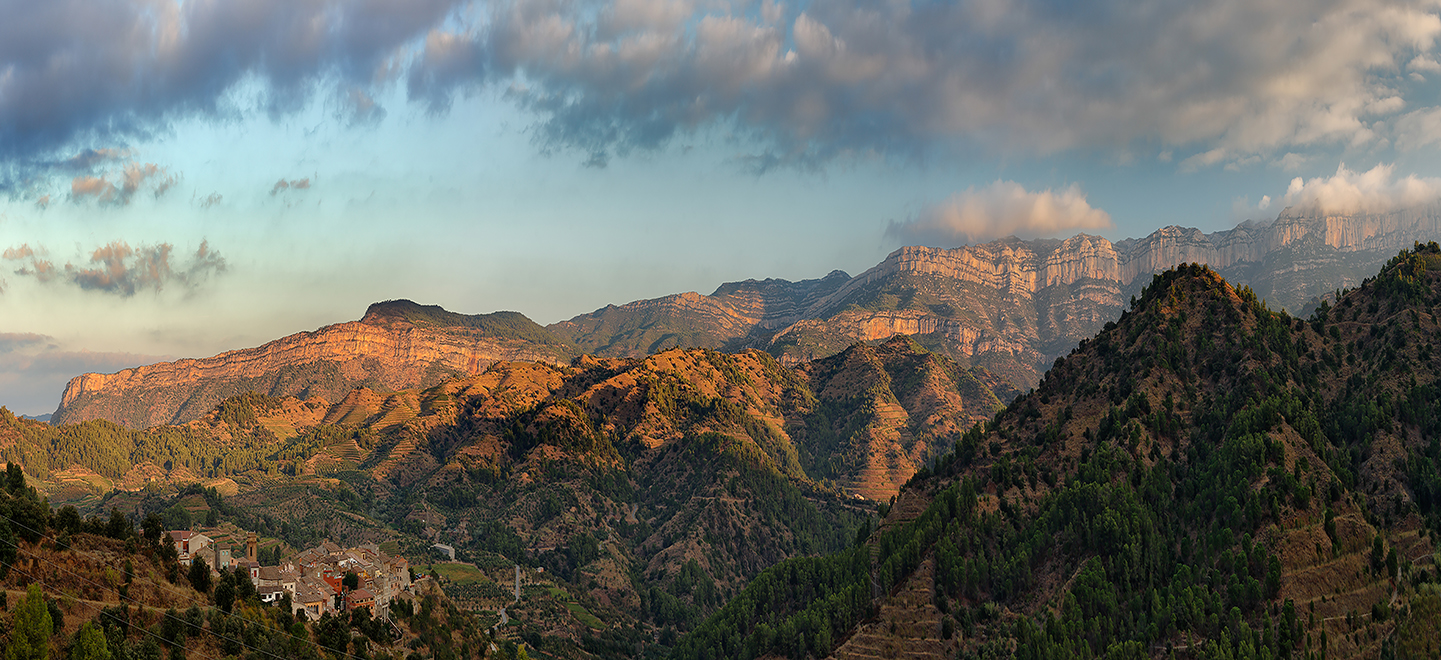 Region:
Region: -
Description:
Due to their location, similar grape varieties, and rich history, the Priorat and DO Montsant are often compared to one another. For this reason, oftentimes, the Monsant is known as the “baby brother” of the Priorat. Wines are seen as fresher, more fruit-forward, and less costly than their Catalonian counterpart. After redefining the wines of Priorat with Terroir al Limit, Dominik Huber, and winemaker Tatjana Peceric, now turn their attention to DO Montsant. In 2015 when Huber purchased one of his iconic Garnacha vineyards, Las Manyes, he also obtained a four-hectare Garnacha parcel just a few hundred feet from the Priorat border in Montsant. With looser appellation rules and the rich, clay soils, this was an opportunity to start with a blank slate, and thus, Terroir Sense Fronteres was born.
In this particular project, Tatjana is in the driver’s seat with her background in winemaking, and love of Grenache. Even so, the team still uses the same ethos applied to the wines of Terroir al Limit in Priorat: early harvests, whole cluster fermentations, gentle extractions, and a complete lack of oak during the aging process.
This profile and tasting notes were edited from the European Cellars and Terroir Sense Fronteres websites, along with the pictures used. For more information please visit: Terroir Sense Fronteres and European Cellars.
Image: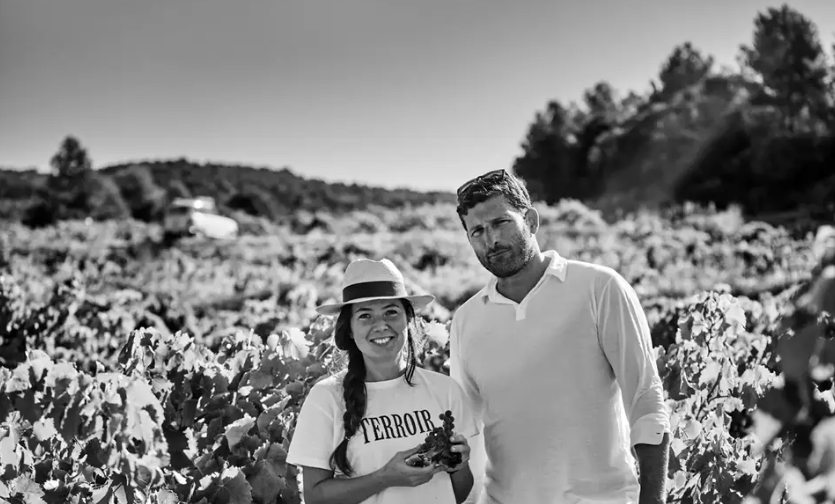 Region:
Region: